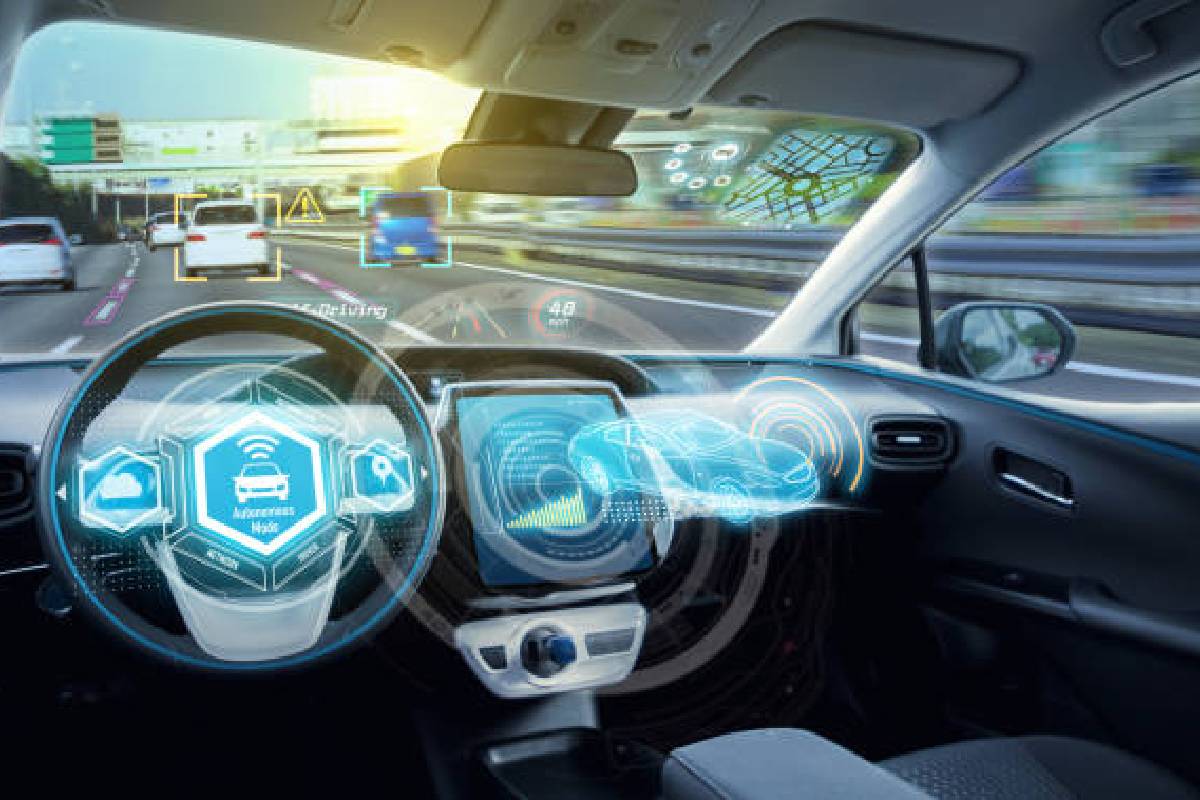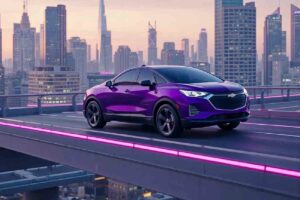
Autopilot is a generic phrase used in a variety of industries, especially aviation.
Typically denotes something that can navigate without human involvement.
The majority of automobile manufacturers are concentrating on Level 2 autonomy.
This mode allows the car to handle the majority of steering, acceleration, and braking.
It still needs the driver to maintain complete awareness of the driving situation and the ability to act at any time.
It is not fully autonomous, driverless driving like robotaxis from Waymo or Cruise.
Therefore, the current definition of autopilot is “supported driving” rather than “self-driving.”
Since the driver must remain vigilant and watchful at all times.
Autonomous vehicles won’t touch the roads until Level 4 or Level 5.
Complete autonomous driving will become a reality.
This is anticipated to occur in the foreseeable future.
Core AutoPilot Features
We define Level 2 autopilot to contain the following features for use on “restricted access” motorways and highways.
Adaptive Stop-and-Go Cruise Control (ACC)
Similar to conventional cruise control from the past, you set your desired speed and the vehicle maintains it.
However, Adaptive Cruise Control (ACC) employs radar and/or cameras to maintain a set distance between your vehicle and the vehicle in front of you.
As required, it will automatically slow down or speed up.
Modern ACC systems can now automatically come to a complete stop and then continue driving.
This is critical for drivers who commute in urban locations with heavy traffic.
Adaptive Stop-and-Go Cruise Control (ACC)
Similar to conventional cruise control from the past, you set your desired speed and the vehicle maintains it.
However, Adaptive Cruise Control (ACC) employs radar and/or cameras to maintain a set distance between your vehicle and the vehicle in front of you.
As required, it will automatically slow down or speed up.
Modern ACC systems can now automatically come to a complete stop and then continue driving.
This is critical for drivers who commute in urban locations with heavy traffic.
Automatically lane centering (ALC)
There are numerous systems that feature “Lane Keeping Assist” (LKA).
These devices typically assist in guiding a vehicle back to the middle of the lane if the driver drifts.
For ‘autopilot,’ the vehicle must be able to maintain lane center and adhere to a freeway or highway lane.
So long as the bends and curves are typically moderate (i.e. no sharp curves).
Other autopilot qualities that are useful, but not essential for the ‘autopilot’ label are the following:
Automatic Lane Switching
Automated Lane Changing permits a vehicle to change lanes automatically once the driver initiates or authorizes a lane-changing maneuver.
It will only make lane changes when it is safe to do so (using built-in sensors to detect nearby cars).
On All Roads Autopilot
Currently, the majority of autopilot systems are largely designed to operate on “restricted access roads,” or motorways and highways with on- and off-ramps.
such that there is no possibility of cross-traffic, for example, at a junction.
Some systems permit Level 2 autopilot capabilities to operate on any road with clearly marked lanes,
The driver must be vigilant for oncoming traffic, stop signs, and traffic lights.
Observe Navigational Route (freeways only)
This system enables the car to autonomously follow a navigation path on motorways and only change lanes when necessary.
it can even manage freeway interchanges. Once the vehicle exits the freeway, the driver resumes control.
Also Read – https://evarticle.com/2022/10/02/ev-chargers-css-vs-chademo/


